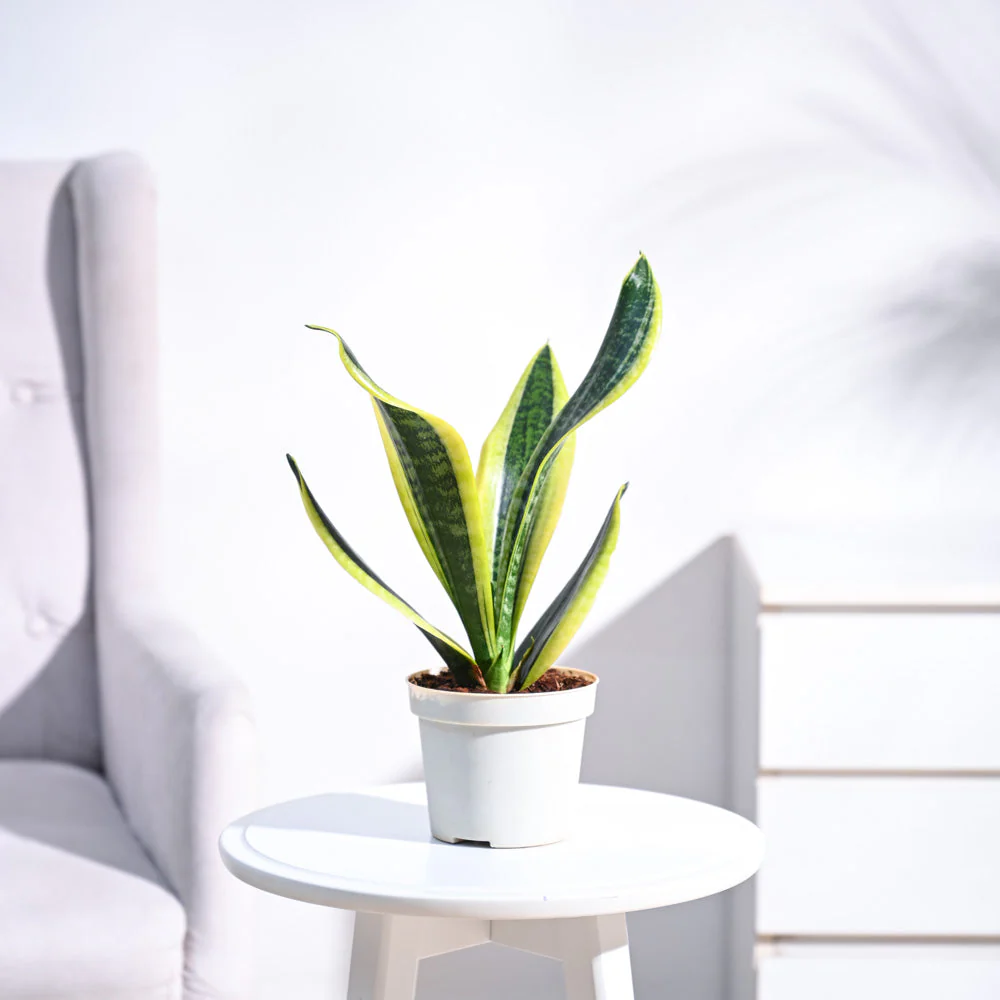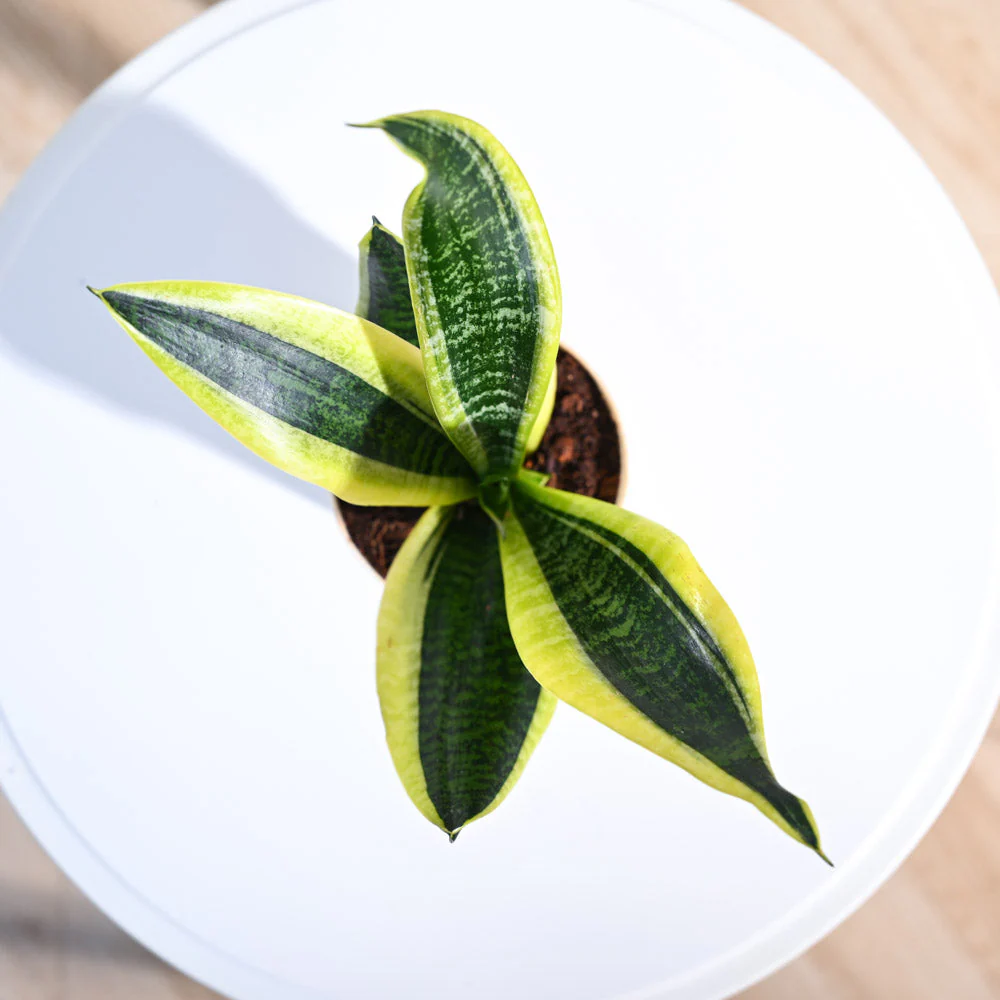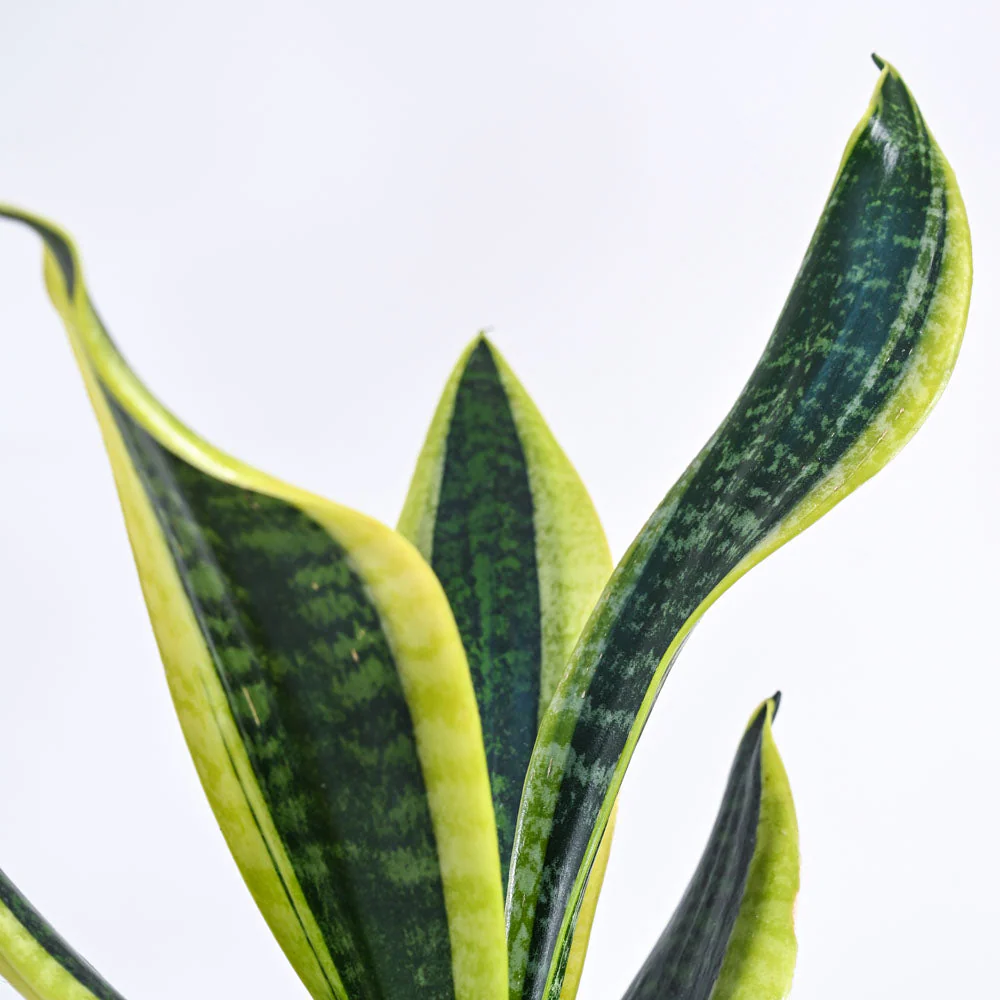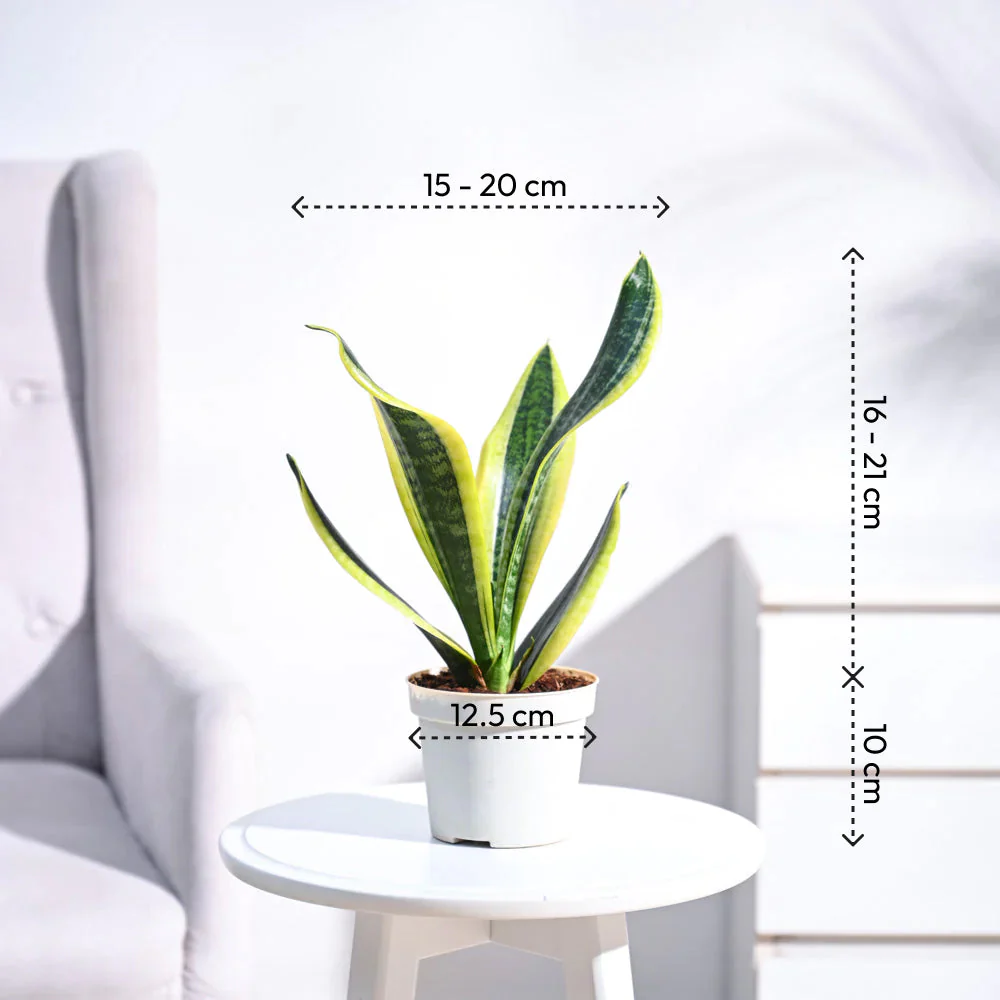The Peace Lily is a popular indoor plant known for its dark green leaves and elegant white flowers. Native to tropical regions, it’s cherished for its beauty, air-purifying qualities, and low-maintenance care.
Another cousin of the classic Snake Plant, the Sansevieria Futura Superba is a delight to look at and have indoors with its long, sword-like leaves, dark green patterns on a lighter green backdrop, and golden-yellow borders that adorn the edges of the leaves. As is characteristic of Snake Plants, the Futura Superba is also a wonderfully low maintenance addition to indoor spaces, making it ideal for new and busy gardeners. Moreover, the low light tolerance and forgiving nature of this plant toward small durations of neglect make it a garden favorite.





Subscribe our newsletter
© Copyright 2024 | PlantUncle By Eaglemedia360.com